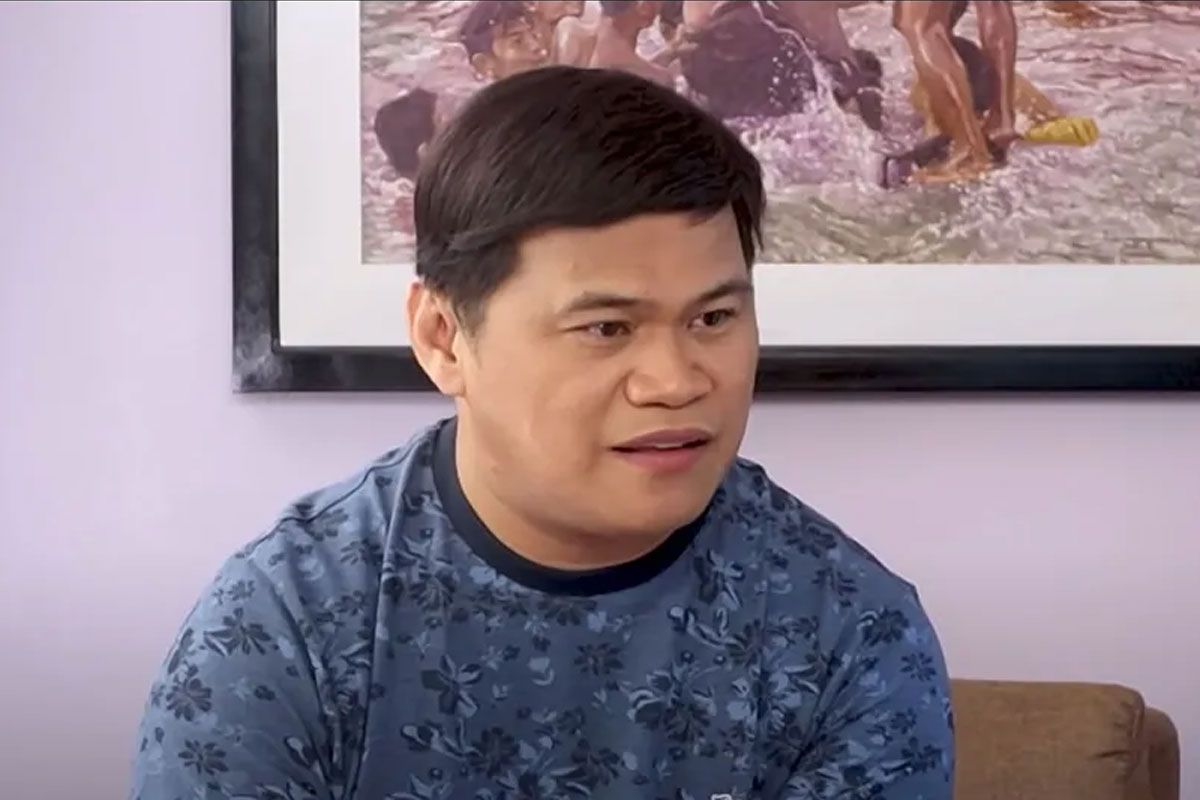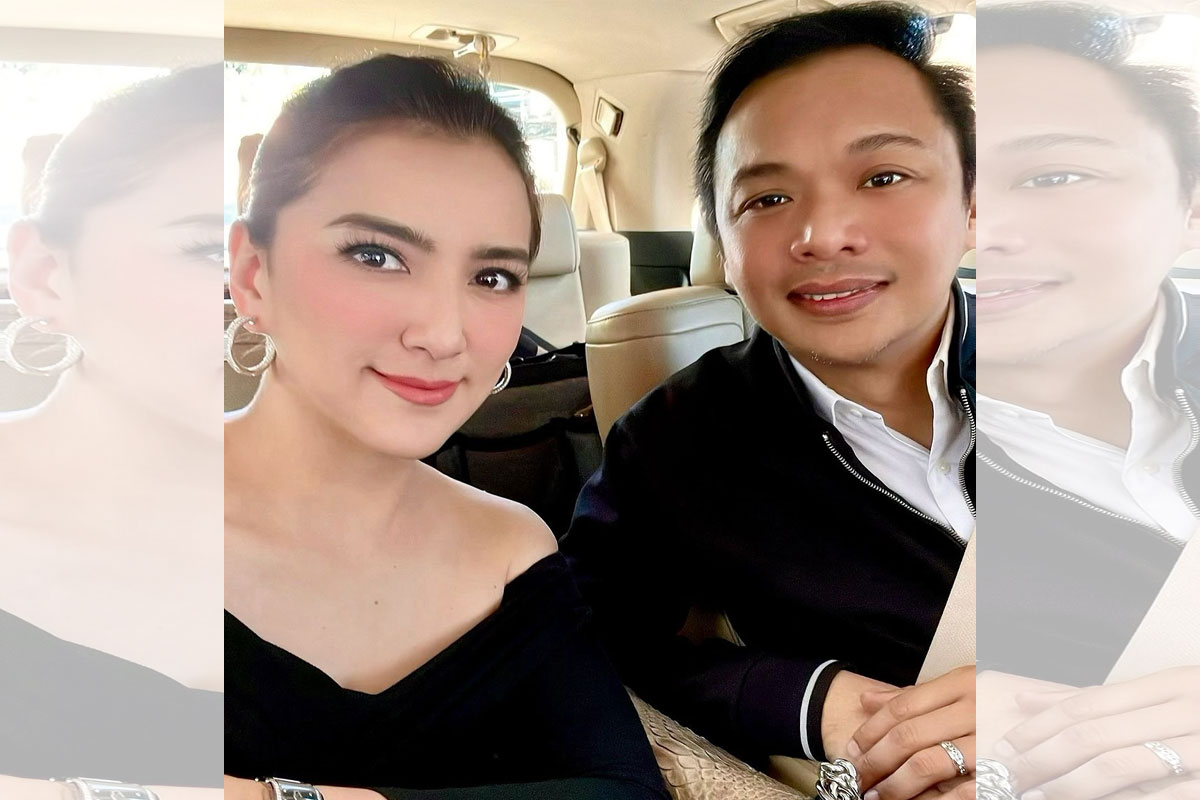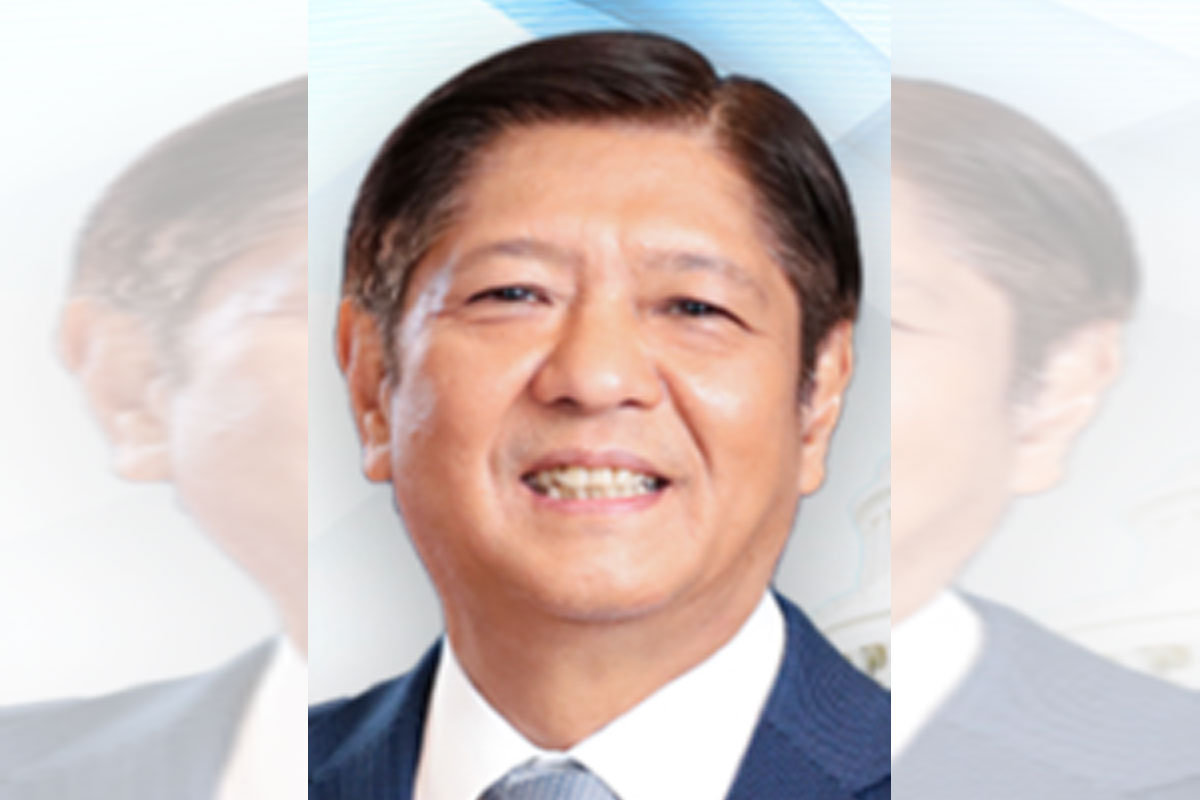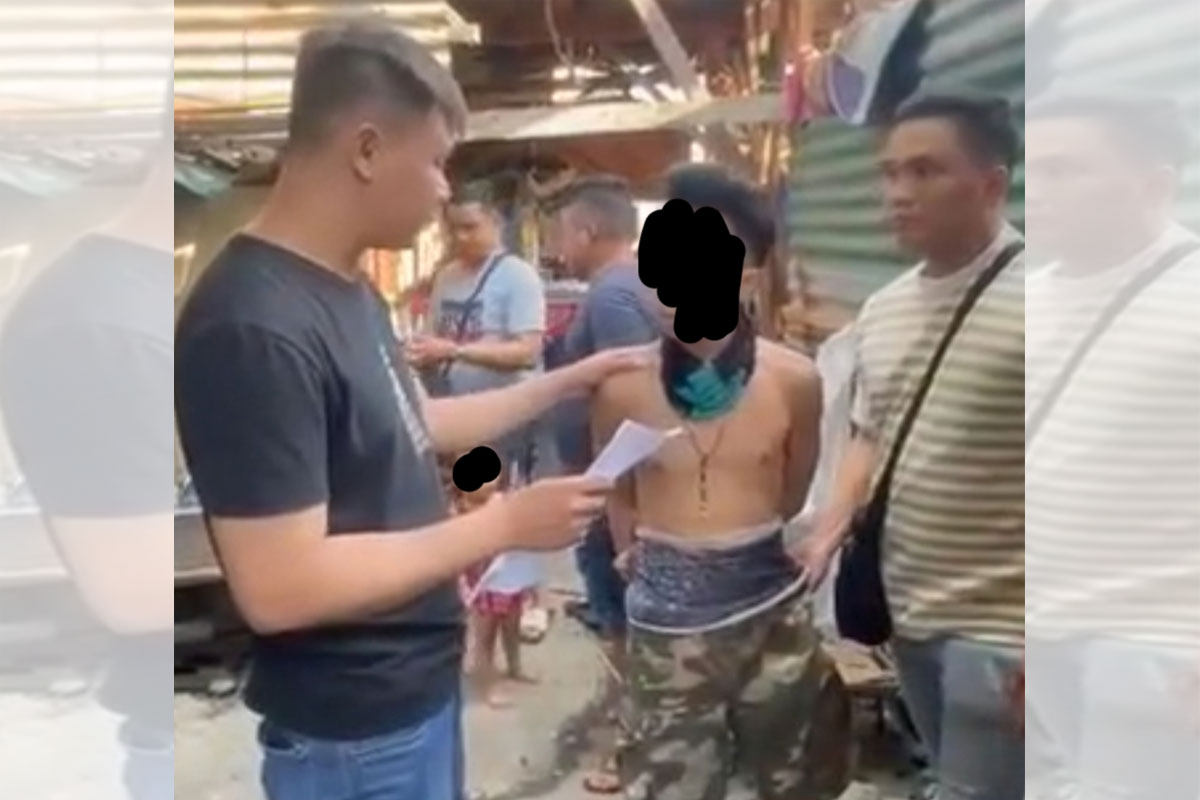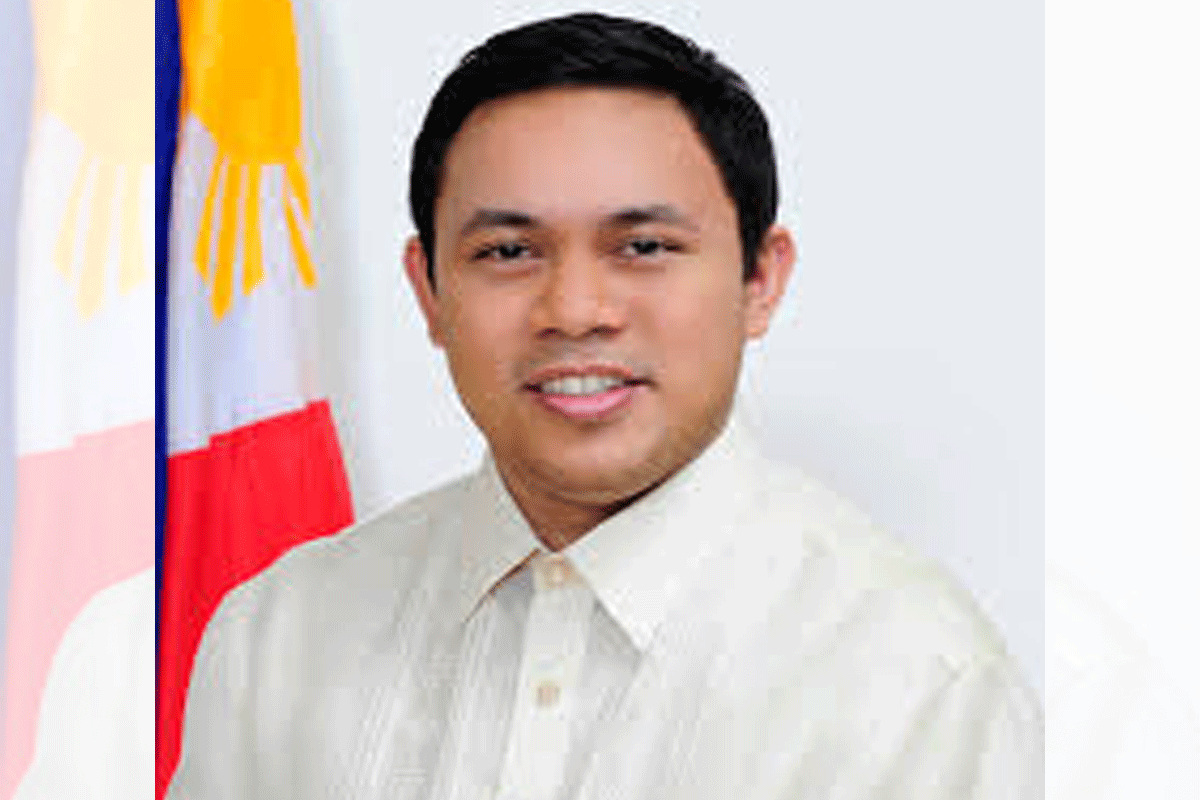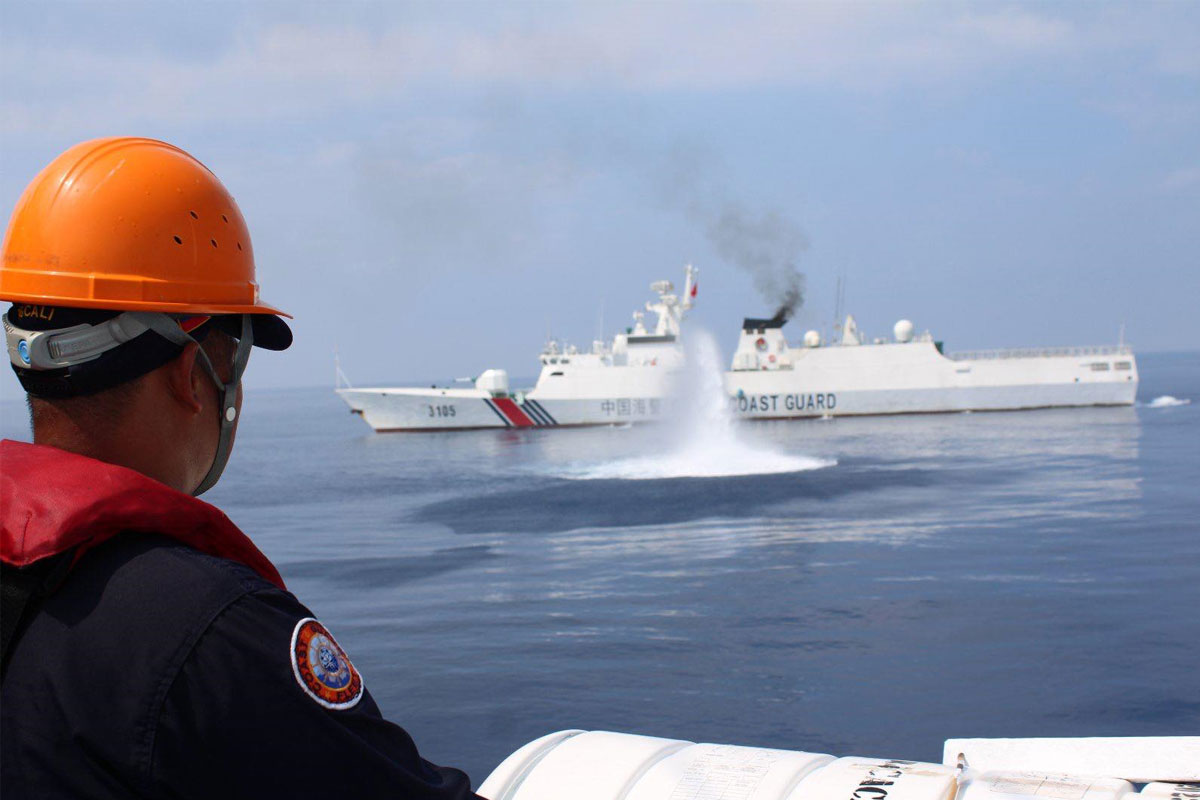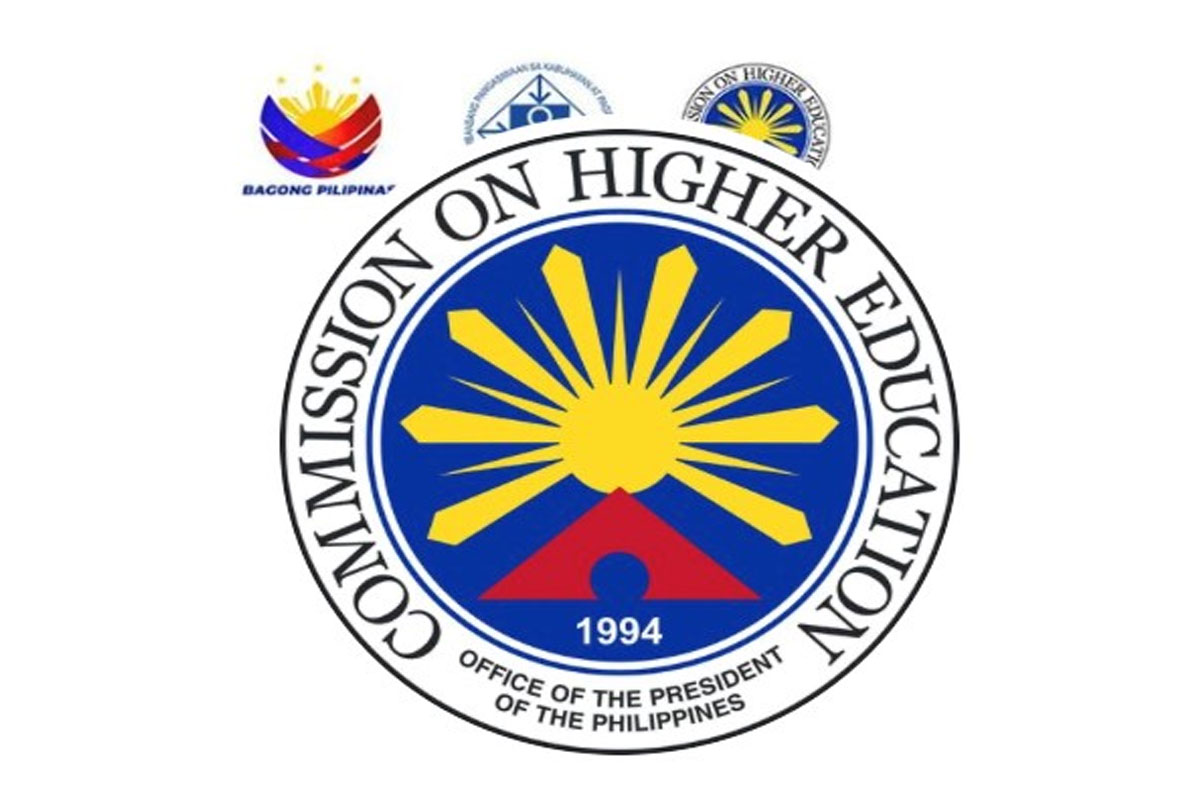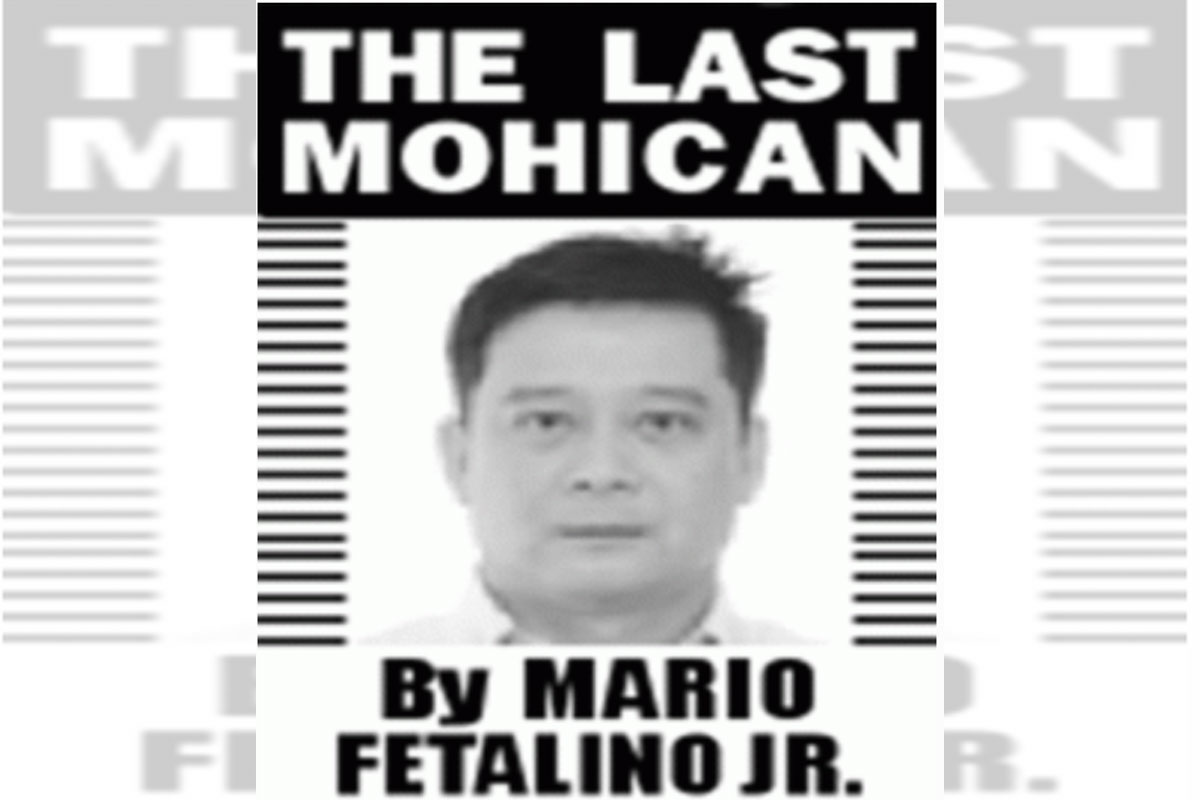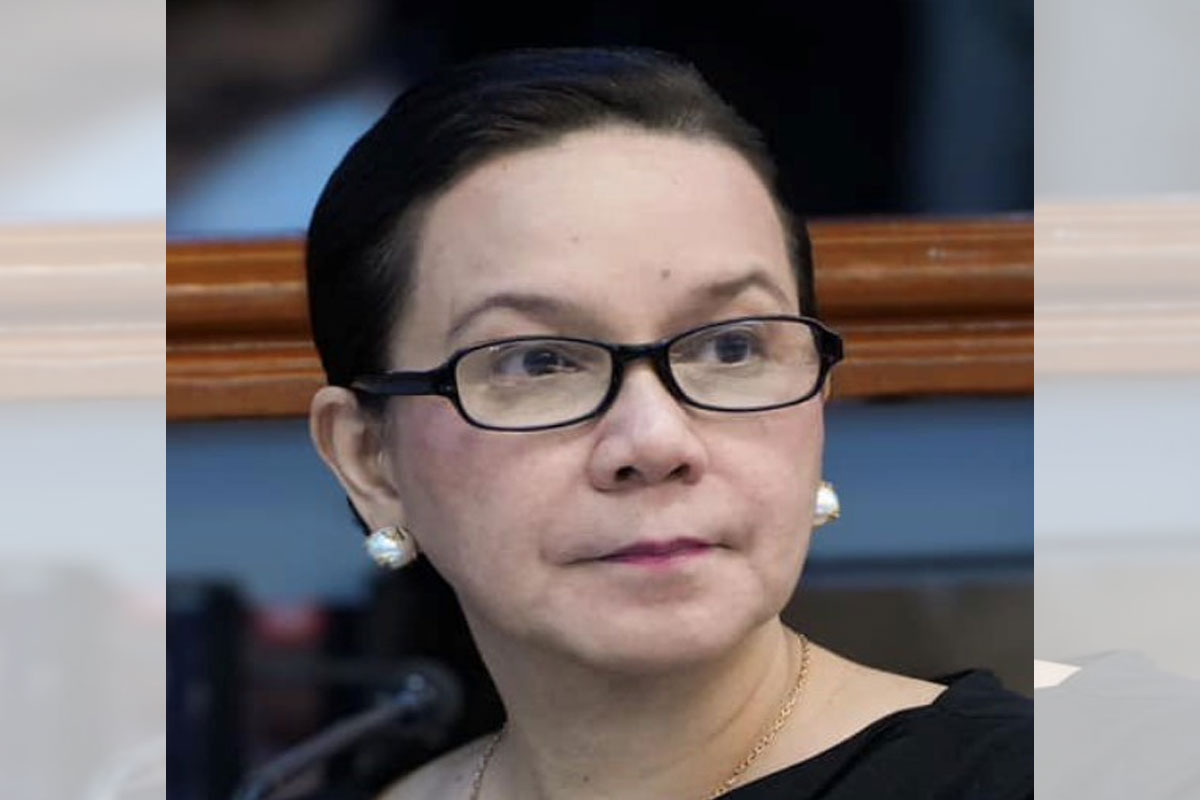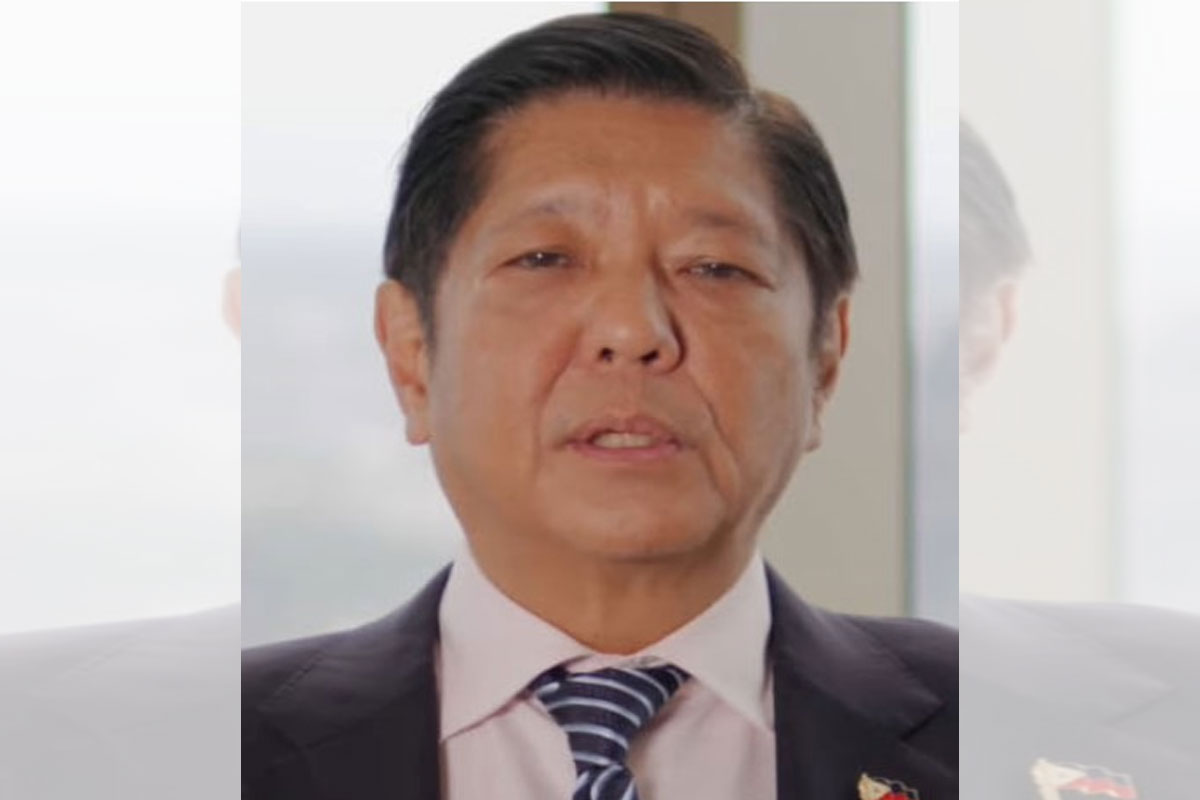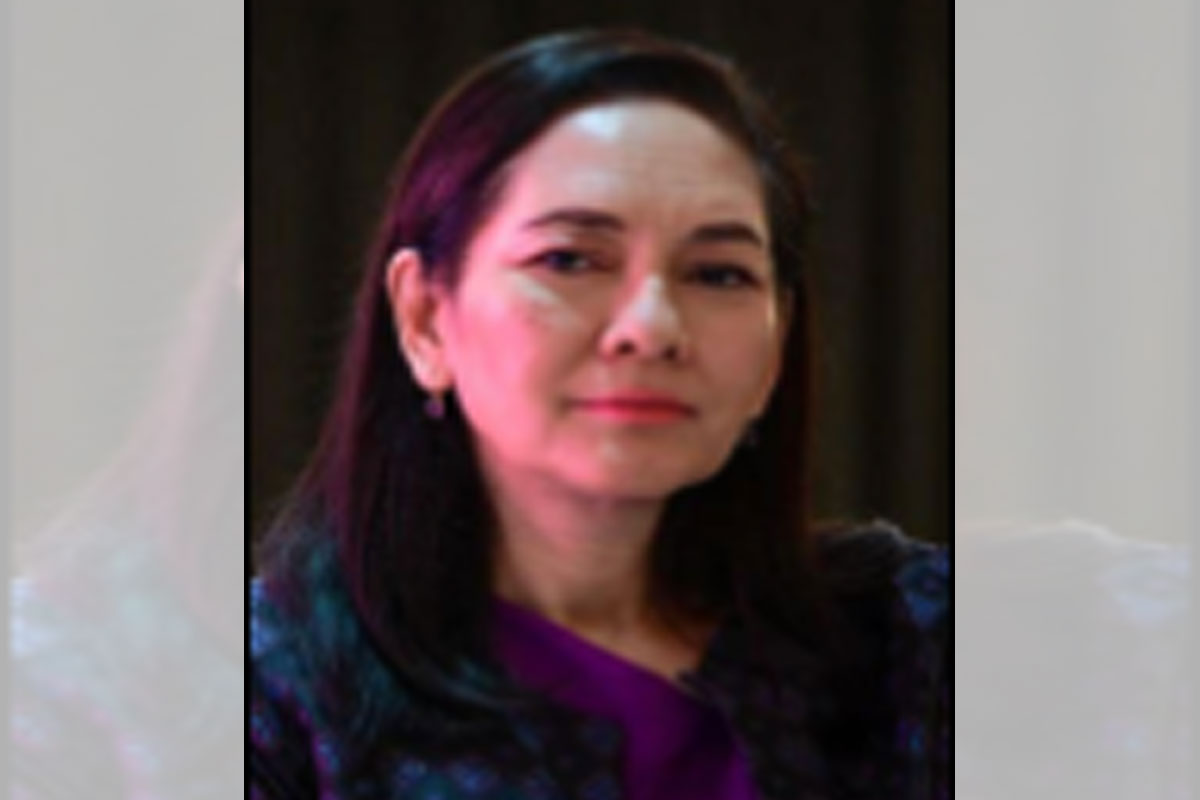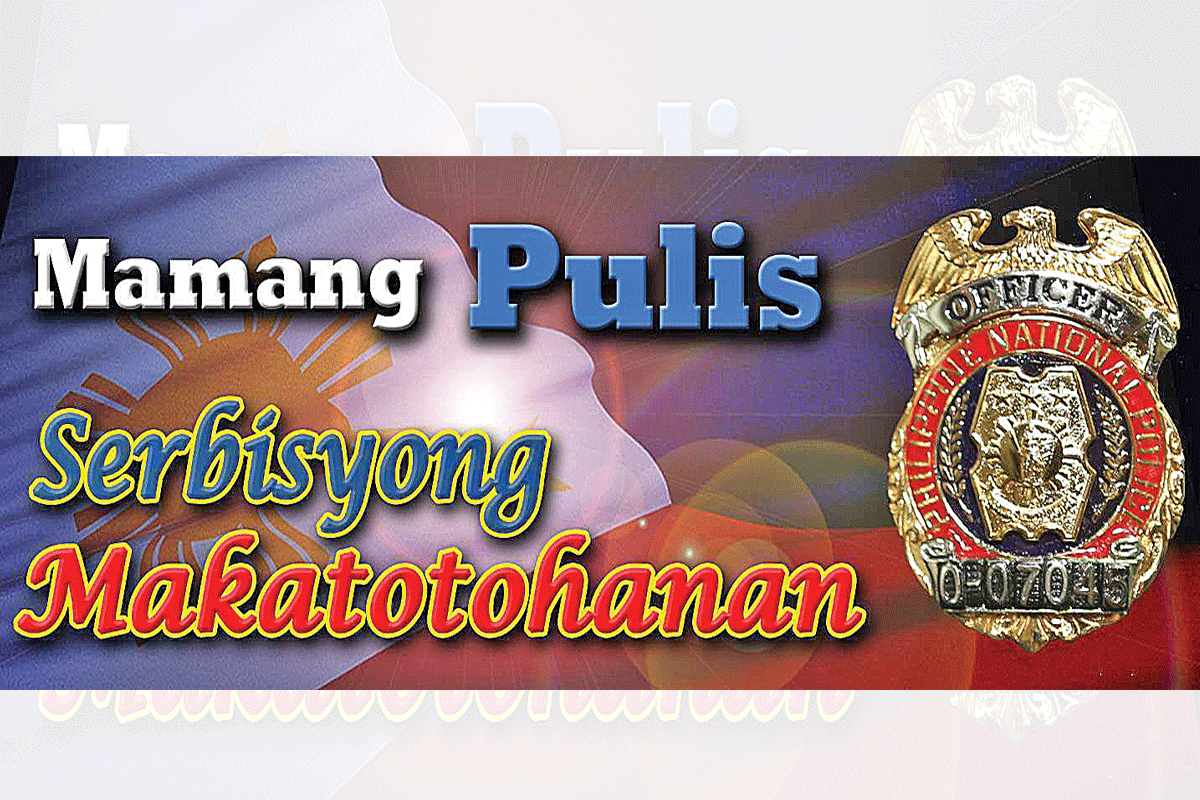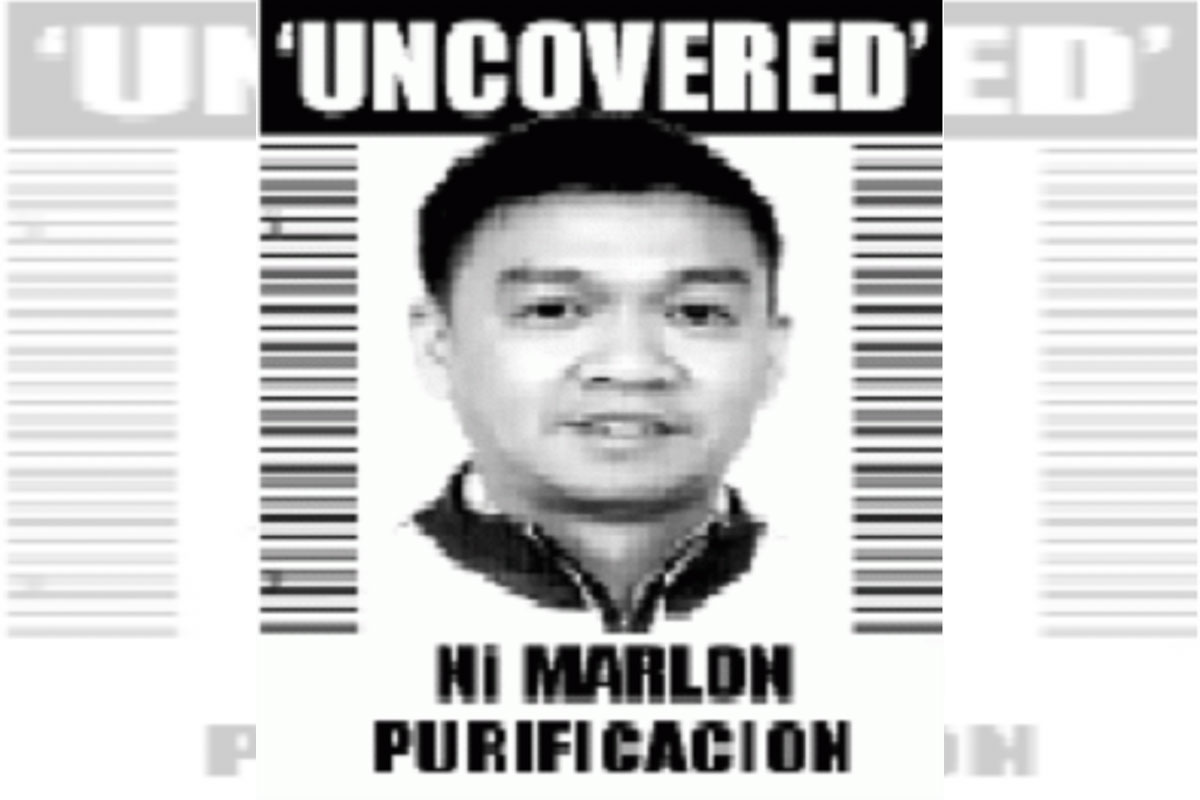
Mysterious death of Bilibid inmate should prompt restudy on when/where to present or not present suspects
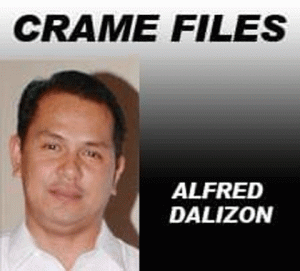 HAVING been a police reporter over the past 32 years, I have been a witness to countless presentation of arrested crime offenders by law enforcement officers in the past. In fact, I’ve personally witnessed suspects in robbery-holdups, murders and rape being beaten badly by relatives of their victims in front of cameras, with photographers and TV cameramen even egging the relatives to punch suspects in the face, their cameras ready to record the situation and get the best shot.
HAVING been a police reporter over the past 32 years, I have been a witness to countless presentation of arrested crime offenders by law enforcement officers in the past. In fact, I’ve personally witnessed suspects in robbery-holdups, murders and rape being beaten badly by relatives of their victims in front of cameras, with photographers and TV cameramen even egging the relatives to punch suspects in the face, their cameras ready to record the situation and get the best shot.
In some cases, suspects presented in press conference were eventually killed in supposed gun-grabbing incidents—the usual tale of a handcuffed criminal trying to grab the firearm of his escort, the gun later going off during the scuffle and the handcuffed suspect being hit by a bullet in the face or in the chest.
However, there were many 1sts in last Tuesday’s presentation at Camp Crame of Joel Escorial, the confessed gunman in the murder of radio broadcaster Percy Lapid. First, it was DILG Secretary Benhur Abalos who asked the police to bring Escorial in front of the media before egging him to talk.
The hardworking DILG chief told Escorial to just tell the truth if he were really sincere in asking for forgiveness from the grieving family of the slain radio block-timer. For nearly 15 minutes, Escorial made some interesting revelations, his voice and face heard and seen all over the country as many TV and radio stations and the social media covered the press conference live.
Nearly 3 or 4 hours after Escorial’s face was seen and his voice heard nationwide, a New Bilibid Prisons’ inmate who may have identified the ‘mastermind’ behind the Lapid murder case was dead, triggering speculations he could have been ordered ‘silenced forever’ on orders of the real ‘brains.’ However, the NBI said that an autopsy it conducted on the remains of Crisanto Villamor, the alleged ‘middleman’ showed no gunshot wound nor any external physical injury on the body of the deceased inmate.
There were speculations that those behind the sudden death of the prisoner were watching the live confession of Escorial at Camp Crame. Villamor was reported ‘dead on arrival’ at the NBP hospital in Muntinlupa City around 2:05 p.m. last Tuesday, barely three hours after the end of the Camp Crame presscon.
When he spoke in front of television cameras, Escorial said that a ‘Bilibid insider’ was behind the contract killing. The confessed suspect who has been charged with murder and illegal possession of firearm claimed that they were paid a total of P550,000 to kill Lapid whose real name is Percival Mabasa and that he received P140,000 for firing the shots that killed the radio block-timer.
Back to the issue on the presentation of arrested suspects, the Philippine Drug Enforcement Agency under its outgoing Director General Wilkins Villanueva has reiterated its policy on the blurring of images of arrested drug suspects amidst questions arising from the published blurred pictures of the eldest son of the Department of Justice Secretary Boying Remulla who was arrested for a drug-related offense.
The PDEA set of protocols were adopted last March in spirit of Republic Act No. 10173 or the Data Privacy Act of 2012. These measures include a prohibition on the parading of arrested drug suspects during press conferences with the media after a successful anti-drug operation, the PDEA chair added.
“This practice was common to all law enforcement units in the past and was banned by PDEA after determining that the practice violated the constitutional rights of the accused, particularly the presumption of innocence until guilt is proven,” he explained.
“Another discontinued practice is the publication – online or otherwise – of the pictures or images of arrested suspects, particularly mugshots of the individual. Pictures provided to the media which contain images of the suspect must have the individual’s face obscured or blurred, similar to what is practiced for pictures containing the faces of law enforcement agents,” he added.
“We understand that the public has a right to have access to information on matters related to public order and safety. Our Public Information Office makes sure that our media partners have access to timely information on everything related to drug law enforcement. But we also put an equal importance on human rights, on due process, and we hope the public understands this difficult but necessary balancing act,” Villanueva said in defending their move to blur the mugshots and other photos of the young Remulla during his arrest.
The PNP since 2008 also has a strict policy prescribing the presentation or non-presentation of suspects to the media. It was released to “ensure the balance of polarity between the constitutionally provided right of the suspect vis-à-vis his presumption of innocence on one hand; and the right of the state to public order and safety and access to information on matters of public information on the other hand.”
Citing the Philippine Constitution, Rule 113 of the Rules of Court, and the PNP Police Operational Procedures on Arrest (Rule 11, Special Procedures), a former PNP chief, now retired General Jesus A. Verzosa approved the policy following a lengthy study made by a PNP Technical Working Group.
The policy said that “in line with the objective to inform and protect the public from unscrupulous individuals, it has been the practice of the PNP to present suspects to the media in a ‘firing line’ (arrested suspects in orange t-shirt behind police officers).”
“However, the presentation of the suspects to the media is not only violative of their human rights of presumption of innocence but also of their human rights subjecting them to unwanted publicity thereby besmirching their name and reputation including that of their family before guilt is proven,” it added.
As a result, the PNP leadership then declared that “suspects arrested for any violation of the law shall in no case be presented in a ‘firing line’ to the media. The PNP policy also made it clear that “the police shall not allow any form of manhandling or infliction of bodily harm, such as slapping, boxing and the like, the person of the suspect by any person. Likewise, it is stressed that proper criminal charges must be filed against anyone who physically maltreat or harm the suspect while in police custody.”
Lastly, the PNP made it clear that ‘PNP personnel found violating the guideline shall be administratively charged for less grave neglect of duty pursuant to Napolcom Memorandum Circular 2007-0001which pertains to ‘failure to execute lawful orders from higher authority or tolerate any subordinate to ignore or ridicule any order, rule or regulation.’



